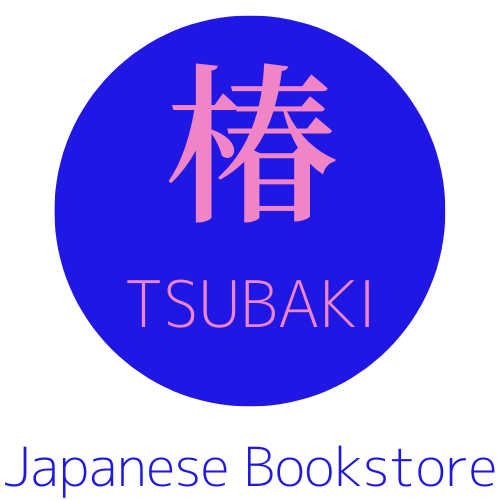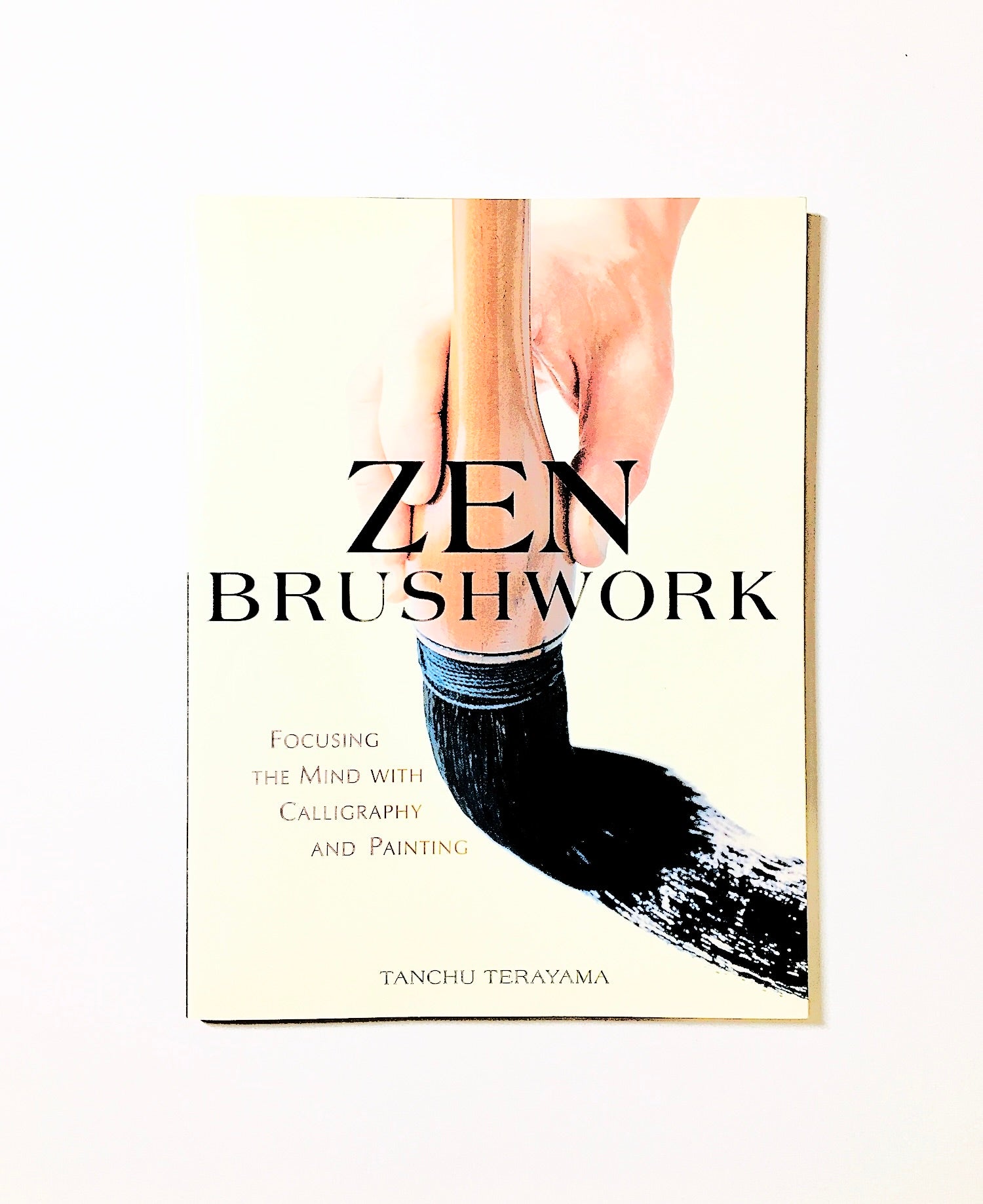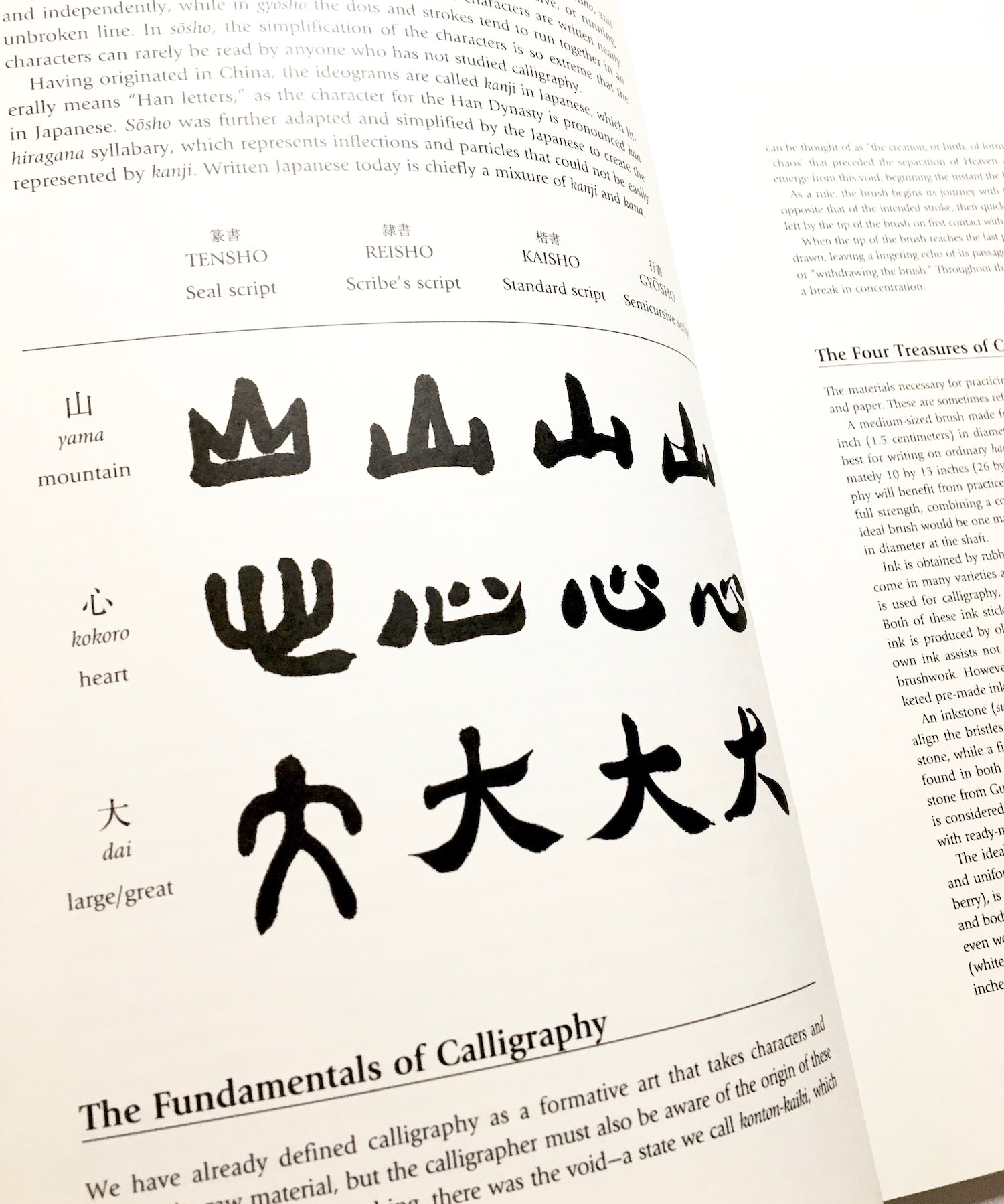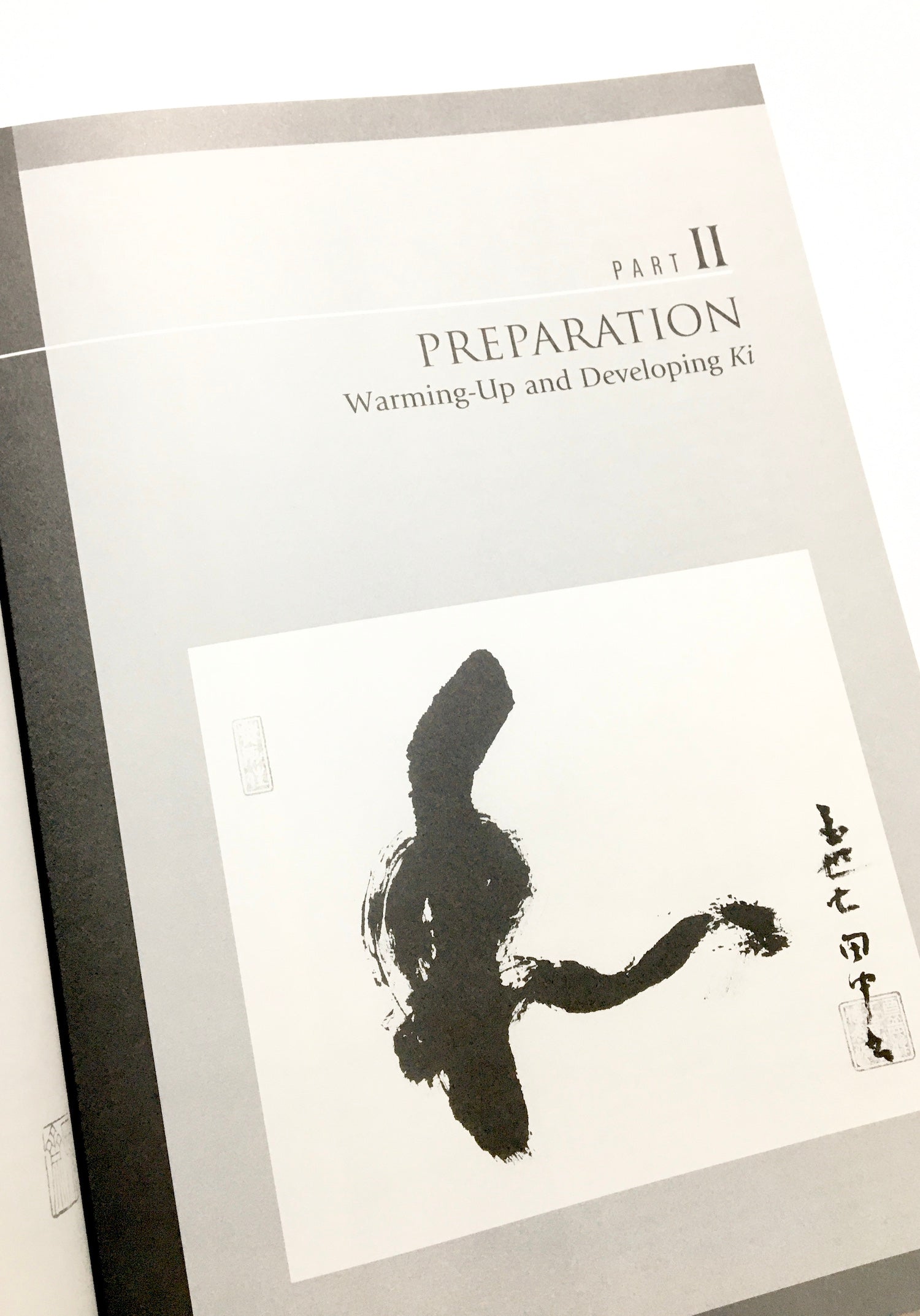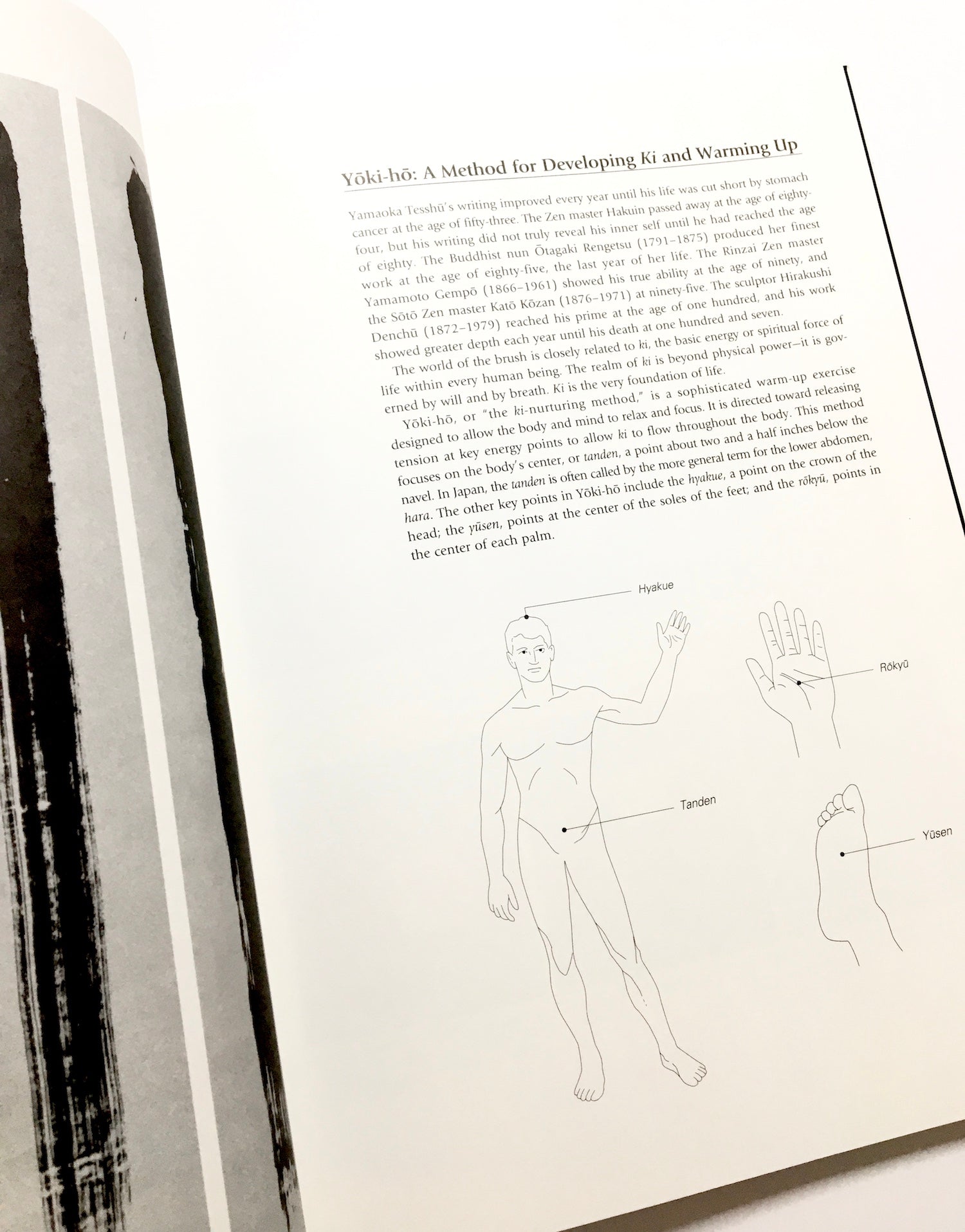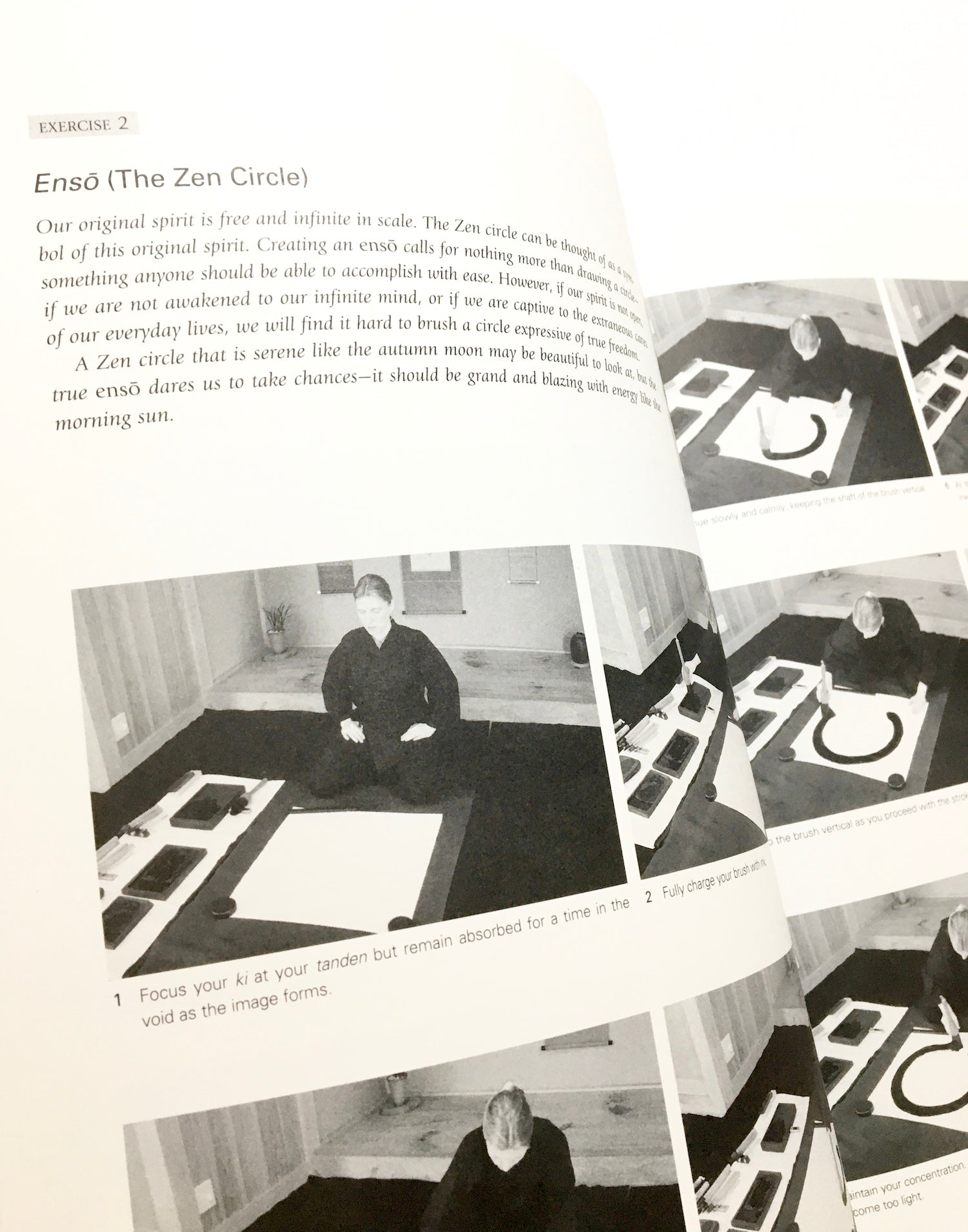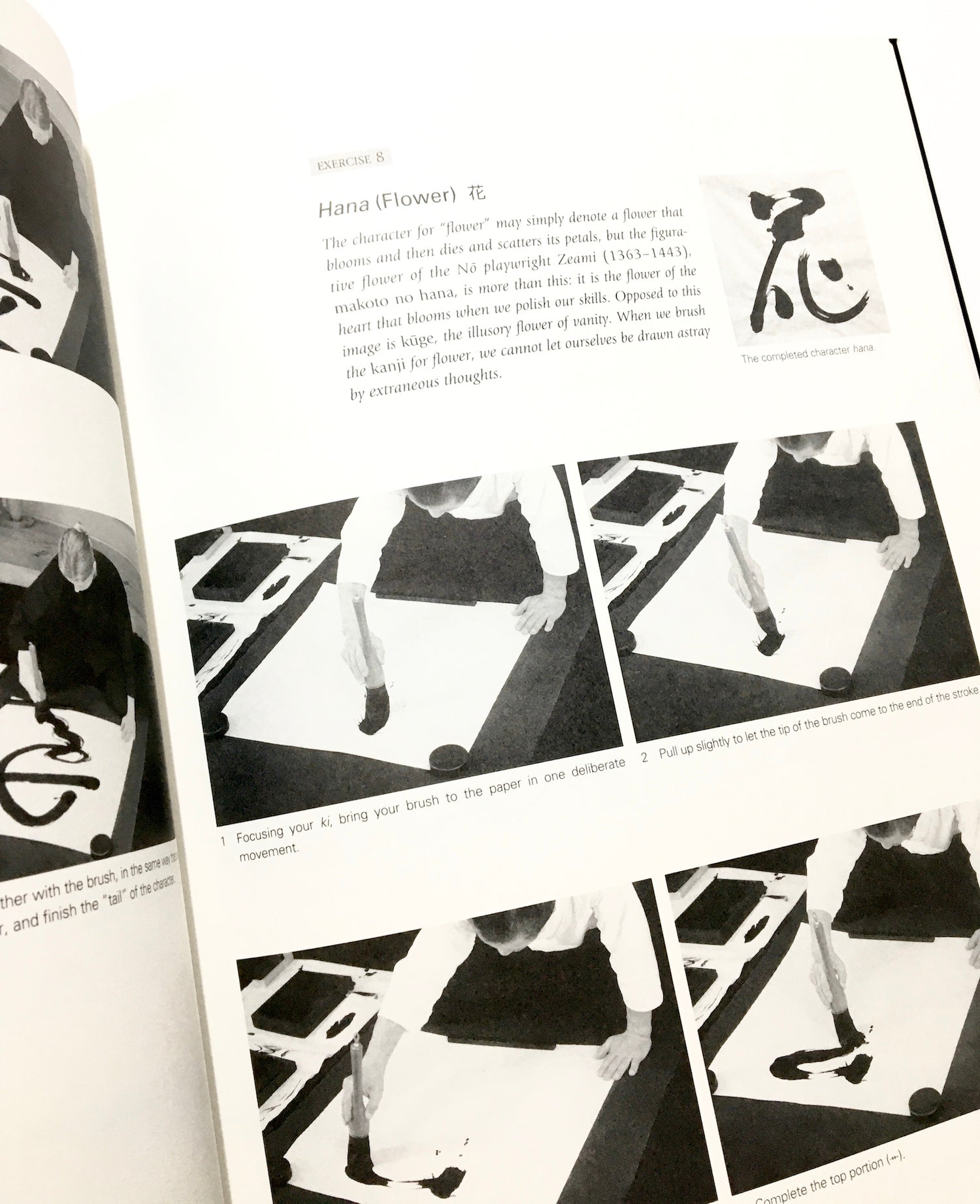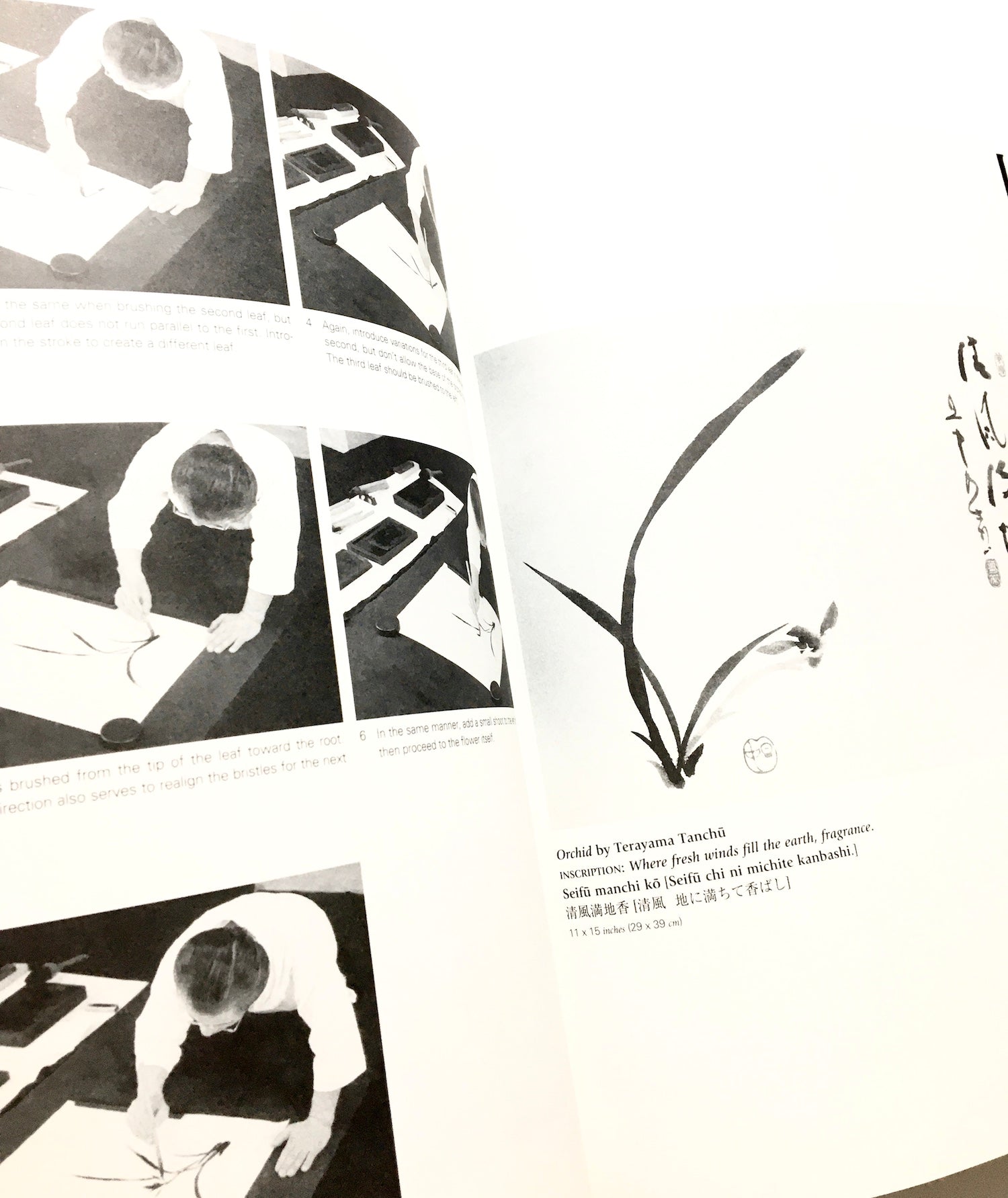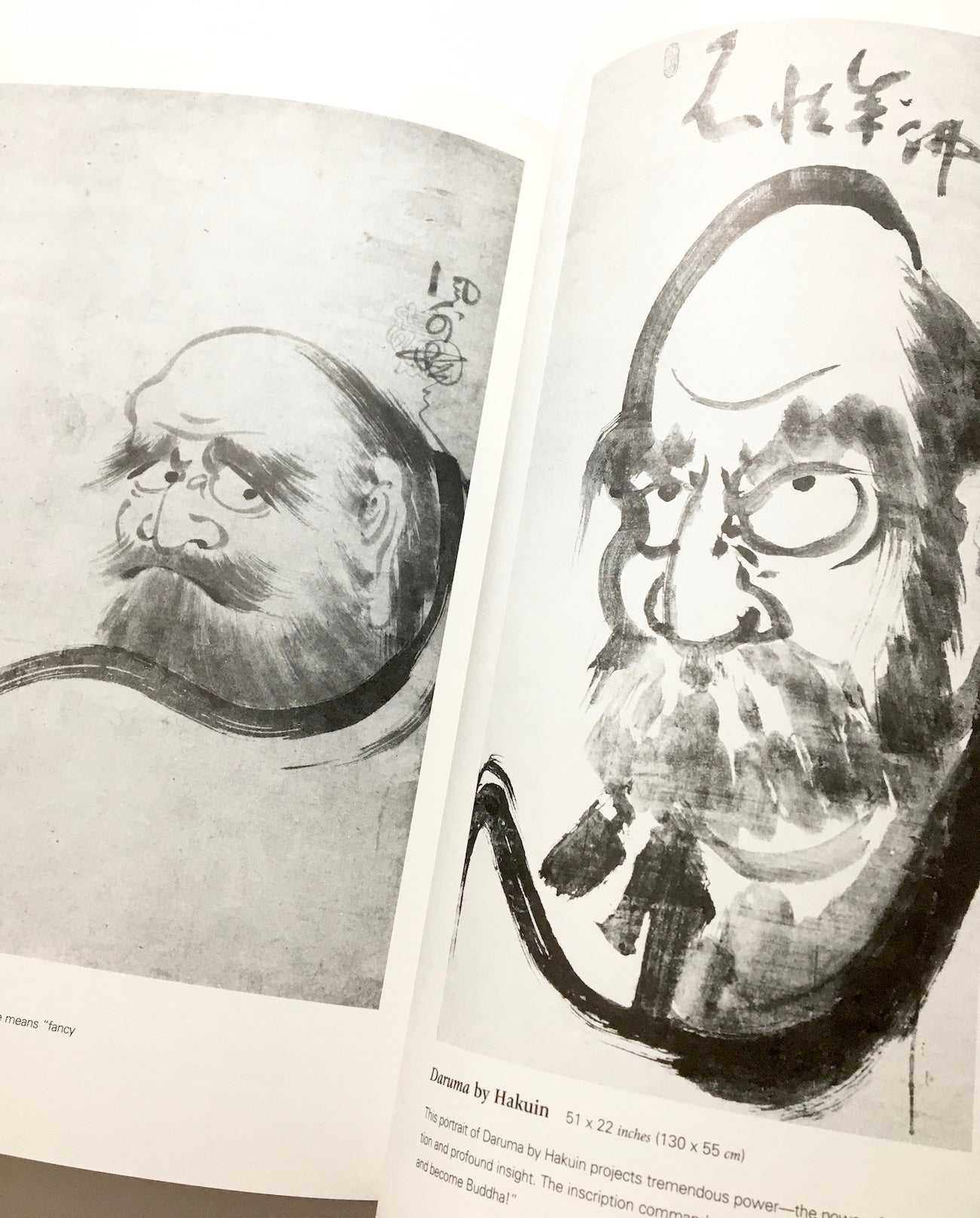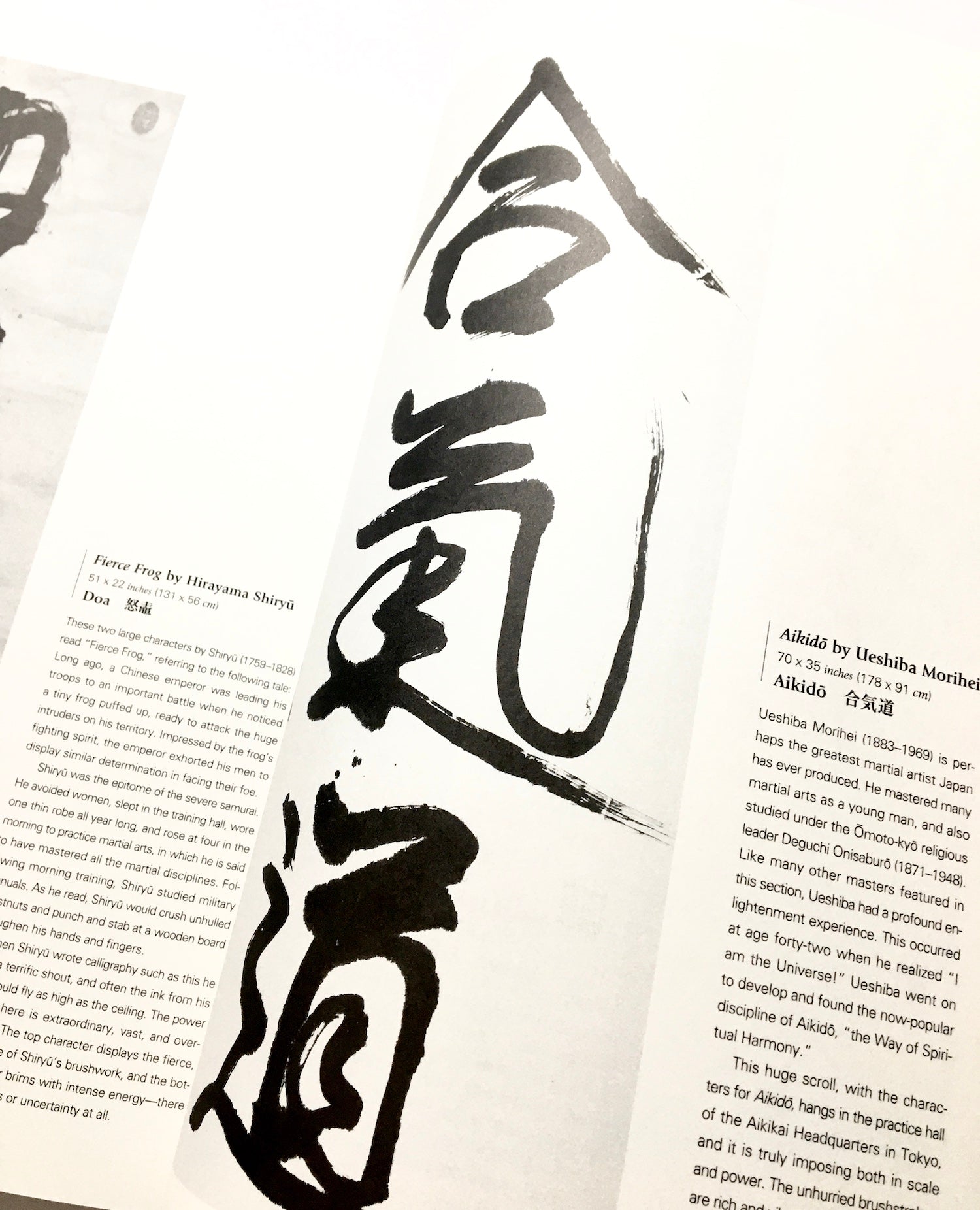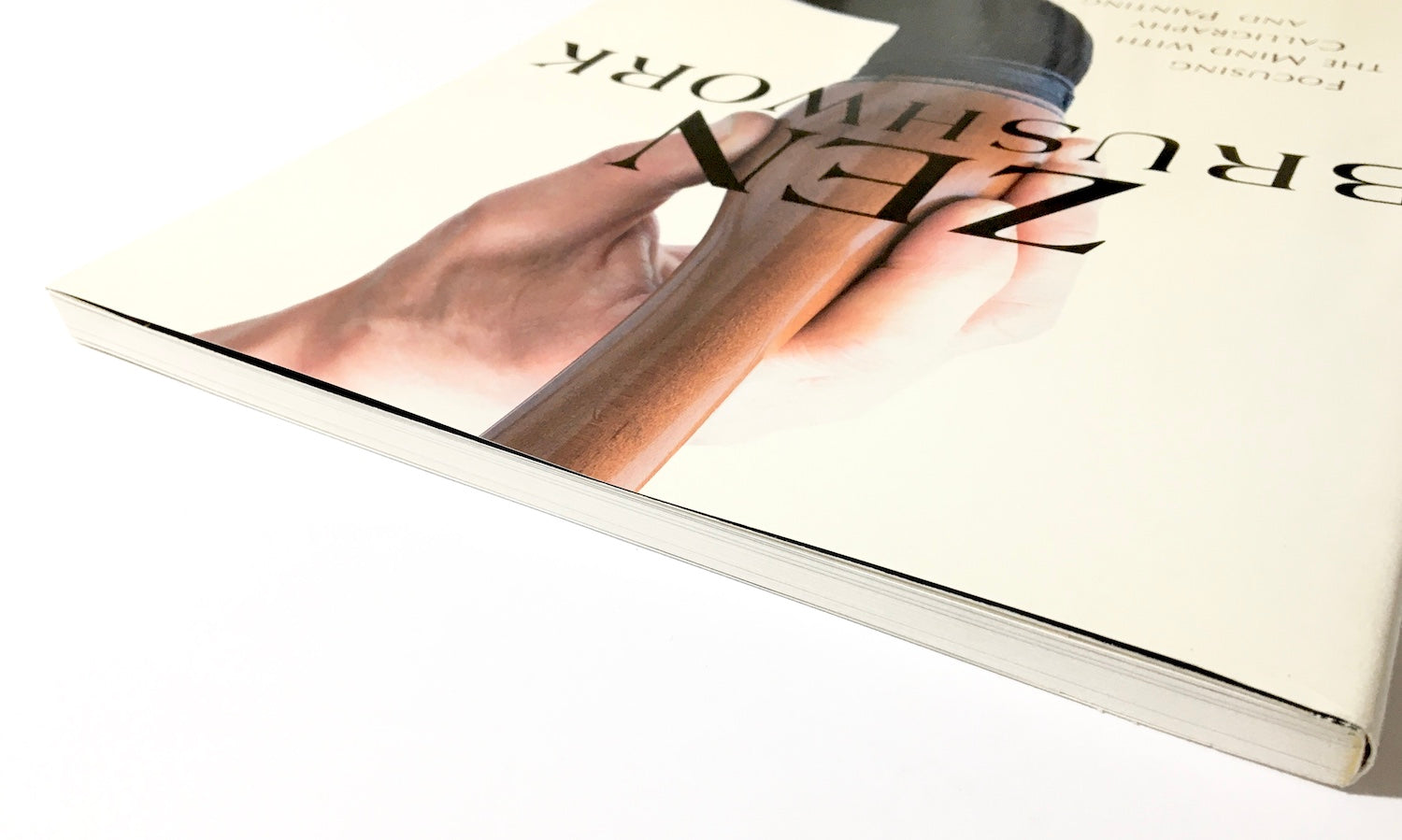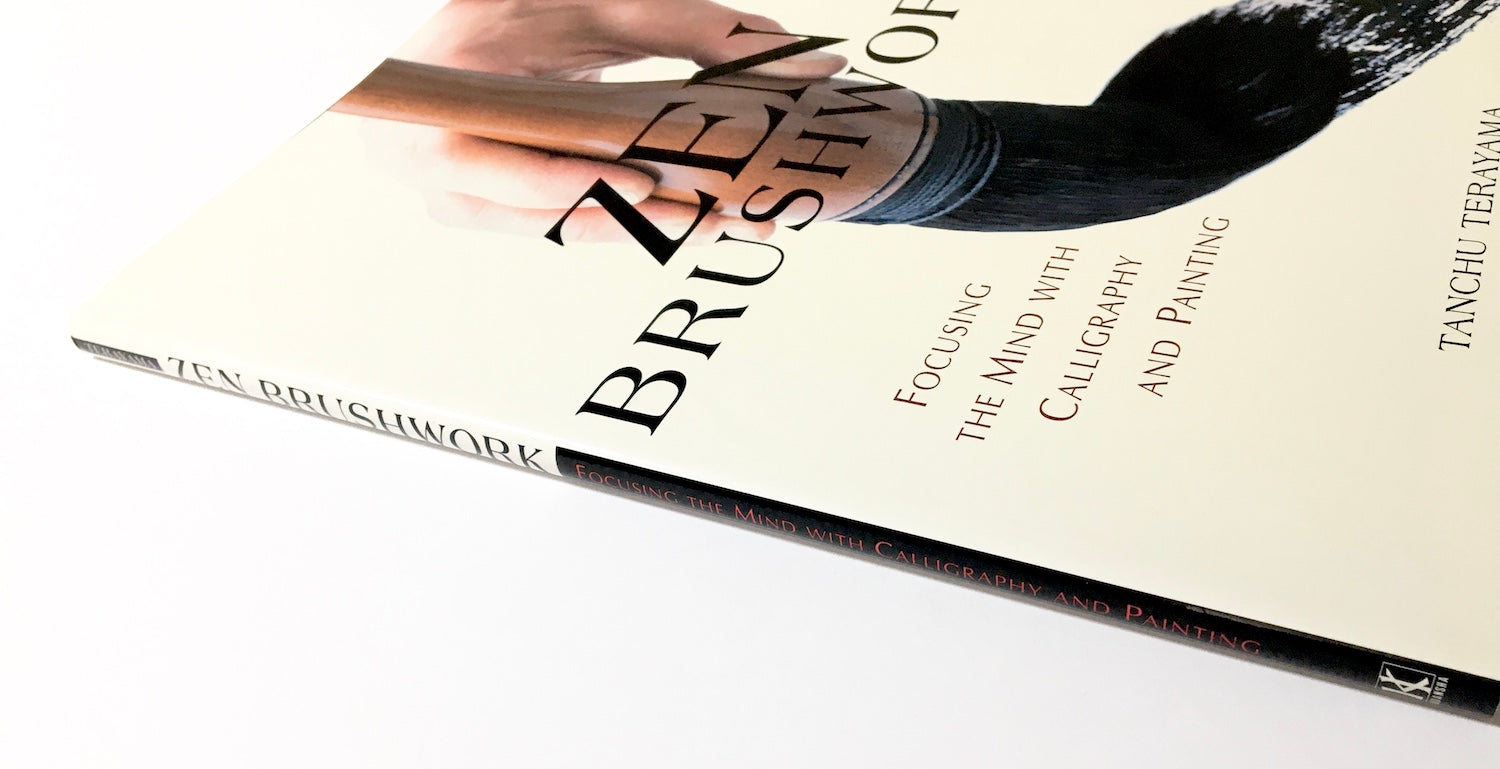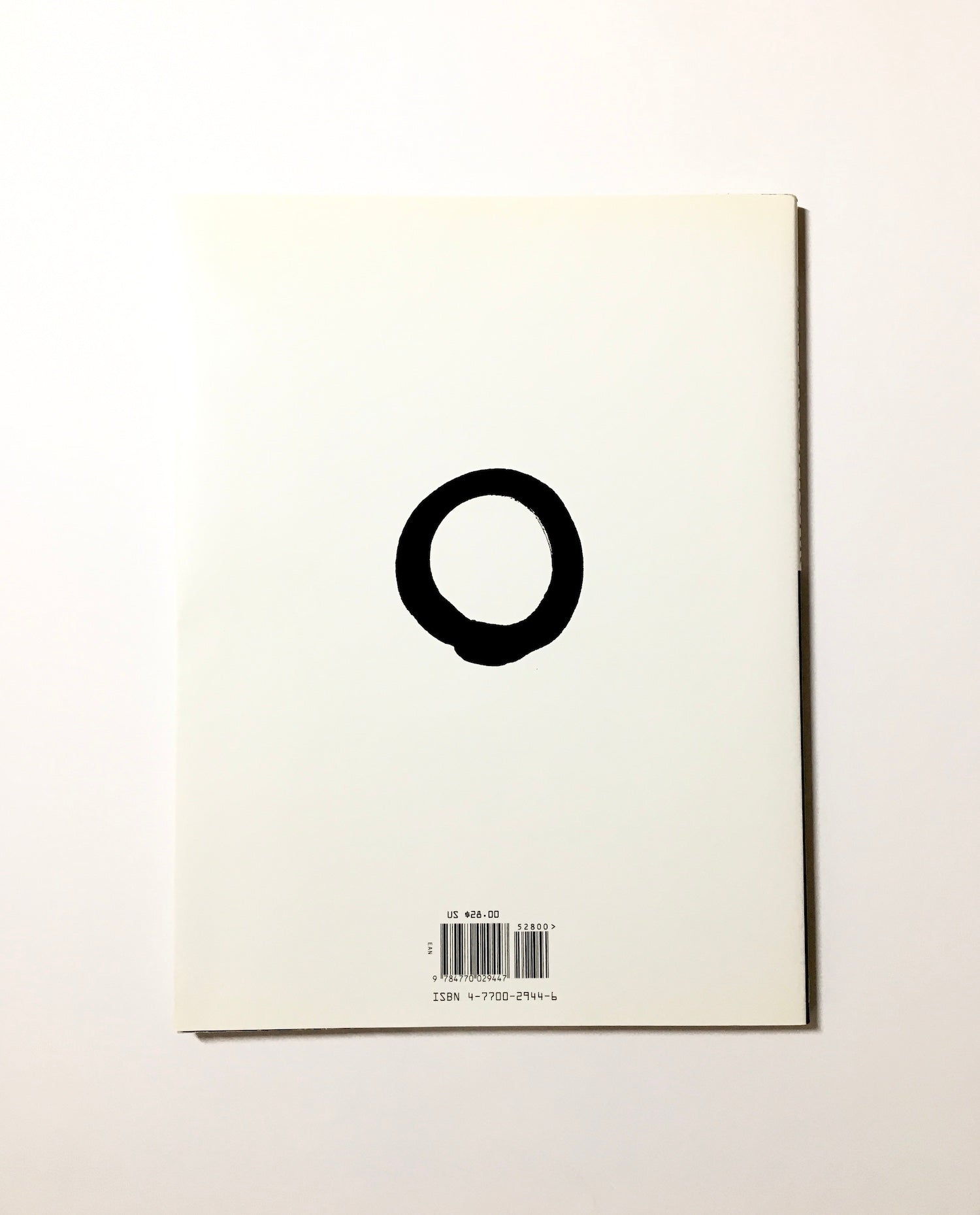Zen Brushwork: Focusing the Mind with Calligraphy and Painting
Zen Brushwork: Focusing the Mind with Calligraphy and Painting
Kodansha International
Couldn't load pickup availability
by Tanchu Terayama
With its bold strokes and mystic aura, Zen calligraphy has fascinated Westerners for decades, yet it remains an abstract, rarely practiced form of expression outside of Asia. Now, master calligrapher Tanchu Terayama explains the techniques behind this subtle art and offers step-by-step instructions for practicing it on a professional level.
After introducing the basics, Terayama presents a unique meditative warm-up to establish the proper mental attitude needed to release one's creative energies. Next, the power of the brushed line is explained and demonstrated. What makes a good line or a bad one, an expressive effort or an unfocused one? Lessons on brushing symbolic Japanese characters follow, including those for "emptiness," "nothingness," and "flower." The painting section shows readers how to draw the spare yet elegant pictorial themes of this classic art: bamboo, plum blossoms, Mount Fuji, and the inspirational Zen priest Daruma.
If the exercises are the heart of the book, the Appreciation section is the soul. This chapter introduces classic works from renowned priests and other historical figures, including Miyamoto Musashi (the celebrated swordsman and author of The Book of Five Rings), Morihei Ueshiba (the founder of aikido), Jigoro Kano (the father of judo), and Zen priest Hakuin. Each masterpiece is accompanied by penetrating commentary on the strengths and salient features of the work.
Rarely has Zen calligraphy been demonstrated and discussed with such candor and insight. Illuminating yet another side of Zen, Zen Brushwork will be an invaluable source to those interested in meditation, Zen, Buddhism, the martial arts, and Oriental traditions in general.
CONTENTS
Introduction
Part I Background
What is Zen Calligraphy?
The Evolution of Kanji
The Fundamentals of Calligraphy
The Four Treasures of Calligraphy
Hitsuzendo
Part II Preparation-Warming Up and Developing Ki
The Zen Line
Yoki-ho: A Method of Developing Ki and Warming-Up
warm-up exercise 1: Yoki-ho: The Long Version
warm-up exercise 2: The Short Form of Yoki-ho: A Five-Minute Exercise
warm-up exercise 3: Kusho: Writing in the Air
Part III Zen Calligraphy and Painting
Basic Practice
The Zen Line and Its Applications
exercise 1: Mujibo (The Zen Line)
exercise 2: Enso (The Zen Circle)
exercise 3: Horizontal and Vertical Lines
exercise 4: Fine Lines
Tensho (Seal Script)
exercise 5: So (Grass) and a Practice Line
Kaisho (Standard Script)
exercise 6: Sho (Calligraphy) and Practice Lines
Further Practice
Sosho (Grass Script)
exercise 7: Mu (Nothing)
exercise 8: Hana (Flower)
exercise 9: Ku (Emptiness)
exercise 10: Mu Ichi Motsu (Owning No-thing)
exercise 11: Ichigyo Zanmai (Be in the Moment)
Writing Western Script
exercise 12: Writing Western Script: ABC
exercise 13: Shodo (Calligraphy)
Painting
exercise 14: Orchid
exercise 15: Bamboo
exercise 16: Plum Blossoms (with inscription)
exercise 17: Mount Fuji
exercise 18: Daruma
exercise 19: Wall-Gazing Daruma
exercise 20: "One-Stroke" Daruma
exercise 21: Ji-Wa-Choku (Compassion, Harmony, Honesty)
Part IV Appreciation
Works by Old Masters
Works by Terayama Tanchu
Glossary
What is Zen Calligraphy?
Calligraphy (sho) is a formative art based on writing. It includes not only writing that is beautiful, but phrases that are novel and interesting. According to the Japanese philosopher Nishida Kitaro (1870-1945; see figure 1), true creativity is not the product of a conscious effort but rather the "phenomenon of life itself." True creation must arise from mu-shin, or the state of "no-mind," a state beyond thought, emotions, and expectations. Work that is produced through conscious effort is ultimately devoid of life.
Zen calligraphy in particular must spring from shonen sozoku, a Buddhist term equivalent to "true thought." Shonen is a state of full concentration that is devoid of thoughts and ideas, while sozoku here means "free-flowing continuity." Greatness in brushwork cannot be achieved through conscious effort; it is only achieved through the states of mu-shin and shonen sozuku, or "no-mind" and a continuous state free of the thoughts and ideas that distract the mind.
Zen calligraphy differs from other calligraphic disciplines as it is focused on the realization of "no-mind." Furthermore, in contrast tosho, which uses Chinese characters as a basis, it is the expression of Zen through a brush, whether the result is a single stroke, a Zen circle, or an ink painting. While sho is restricted to brushed writing, Zen calligraphy extends to other forms of brushwork.
Nearly all calligraphy today is born of conscious attention to an aesthetic concept, but we rarely find lines that are truly alive. In contrast, the calligraphy of Zen masters such as Daito Kokushi (1282-1337; founder of Daitokuji temple in Kyoto) or Ikkyu Sojun (1394-1481) resonates with the energy of "no-mind" achieved through complete concentration. In these works, the lines are filled with vitality and the shapes are fresh and original.
Sen no Rikyu (1522-91), who established many of the basic precepts of the tea ceremony, held that nothing surpassed Zen calligraphy as a subject for display in the alcove of the tea room. He undoubtedly felt that only art works that reflect the eternal vitality of Zen writings could encourage the mind toward enlightenment.
Rikyu recognized that calligraphy necessarily demands the highest level of spirituality. A line that manifests clarity cannot be drawn if the heart is clouded by worldly concerns; a stroke cannot be brushed with resolution if the heart is agitated; and calligraphy that reveals depth cannot be produced if cultivation and experience are shallow.
To write kanji characters that resonate and demonstrate their deeper meaning, one's own mind must achieve unity with the meaning of the words-a requirement that calls for a higher level of spirituality. The calligrapher, therefore, must strive for the state of "no-mind" through meditation and contemplation.
Condition: Very good
Format: Paperback
Published: 2004
Pages / Size: 96p, 30.5 x 23 x 1 cm
Language: English
ISBN: 4770029446
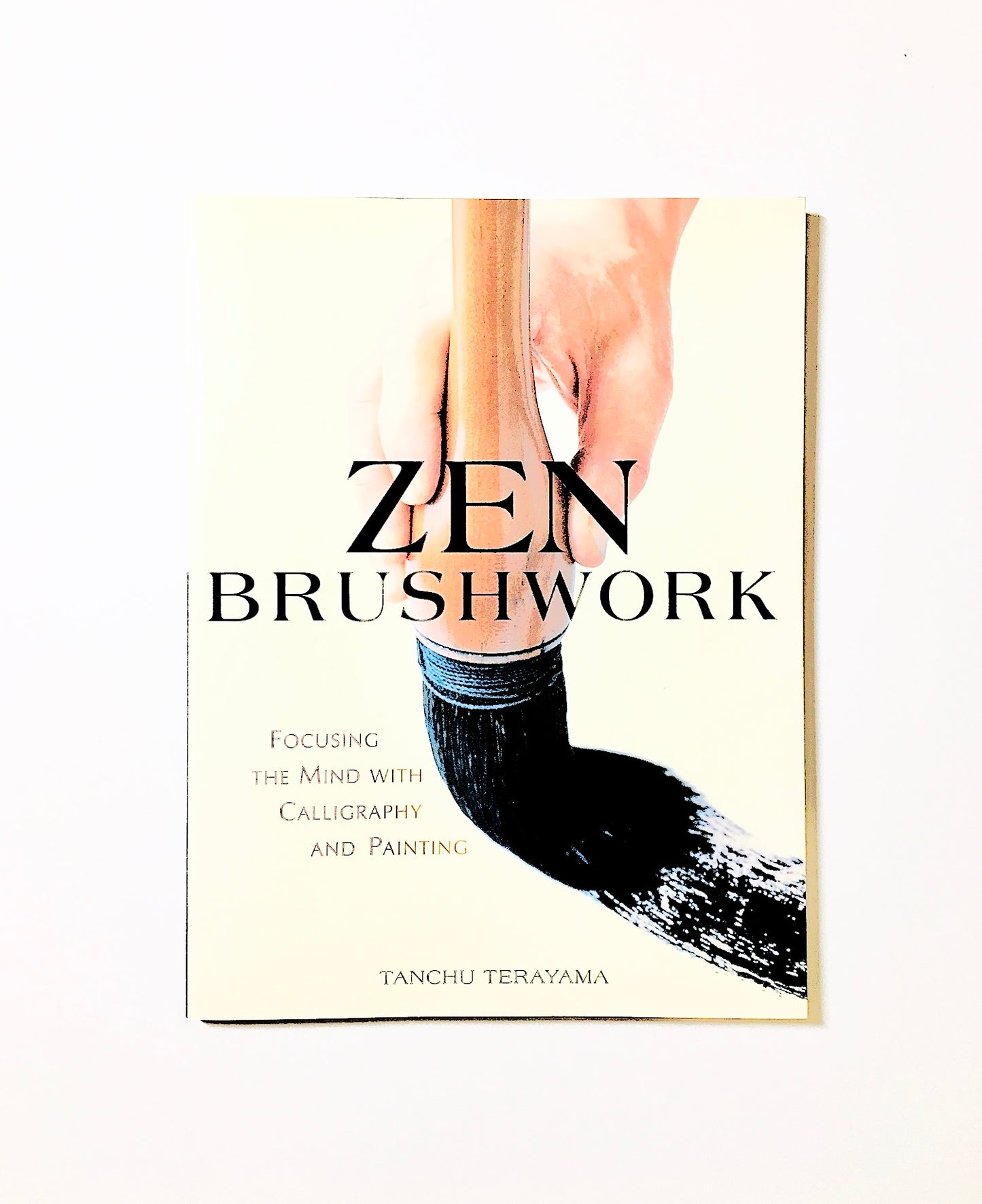

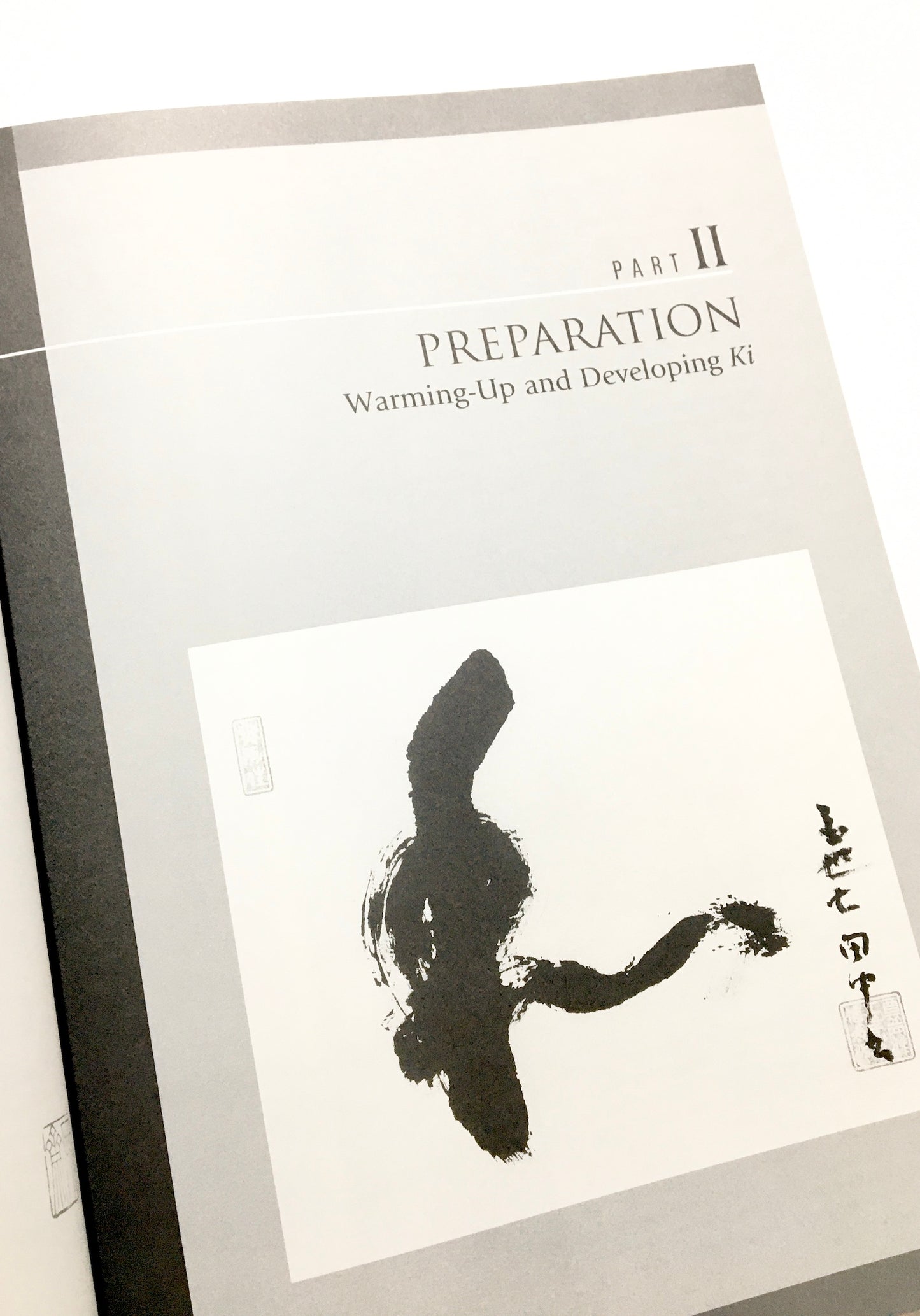
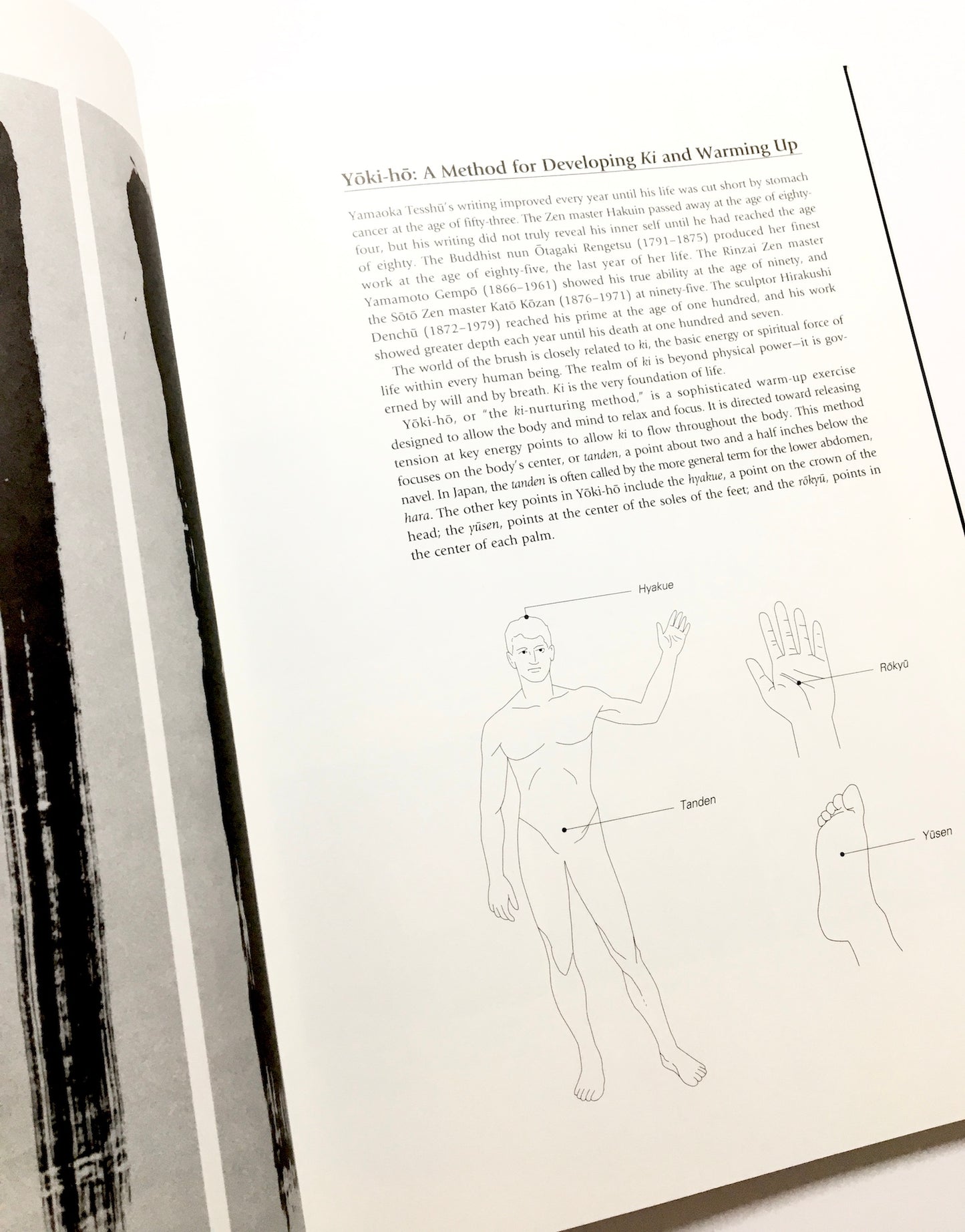
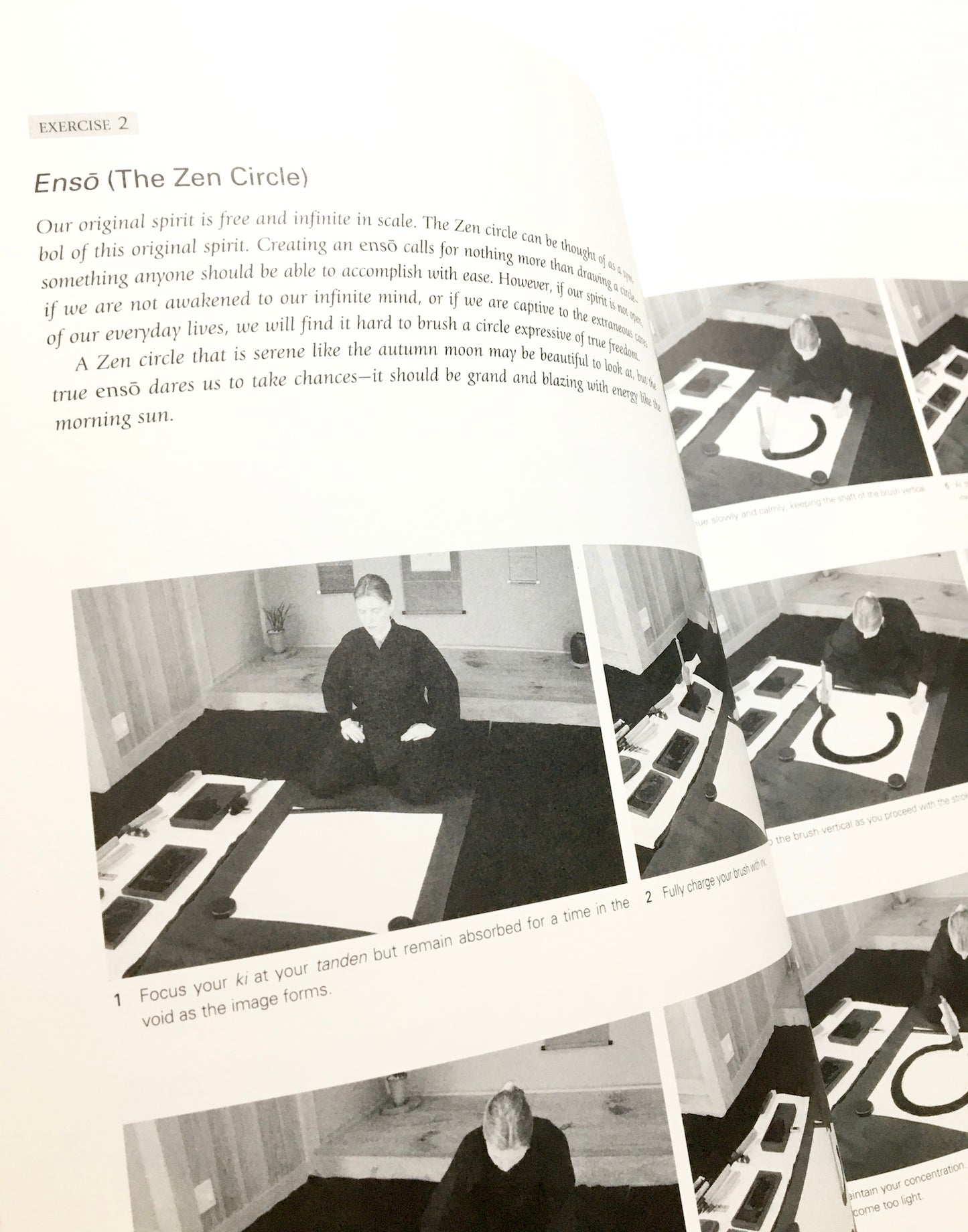
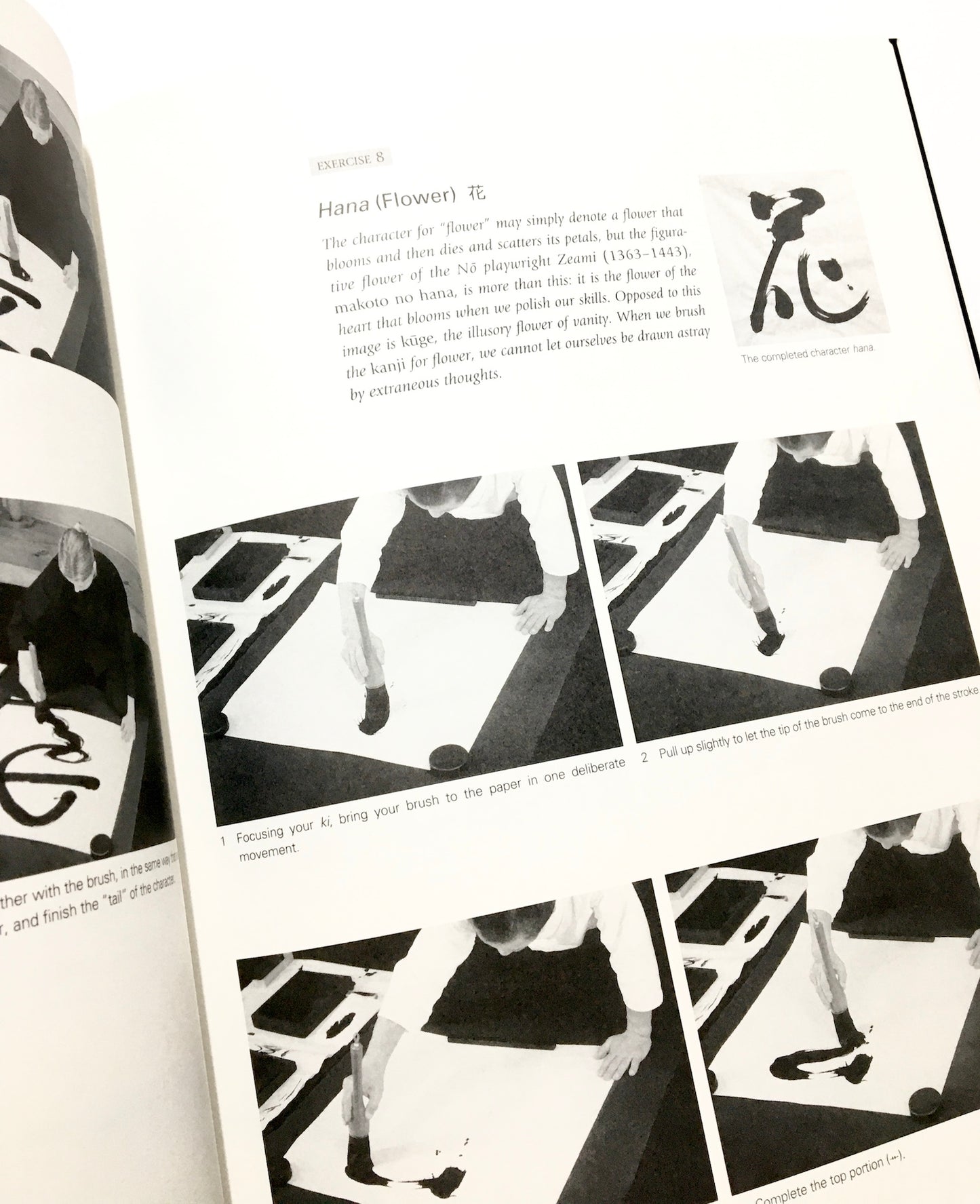
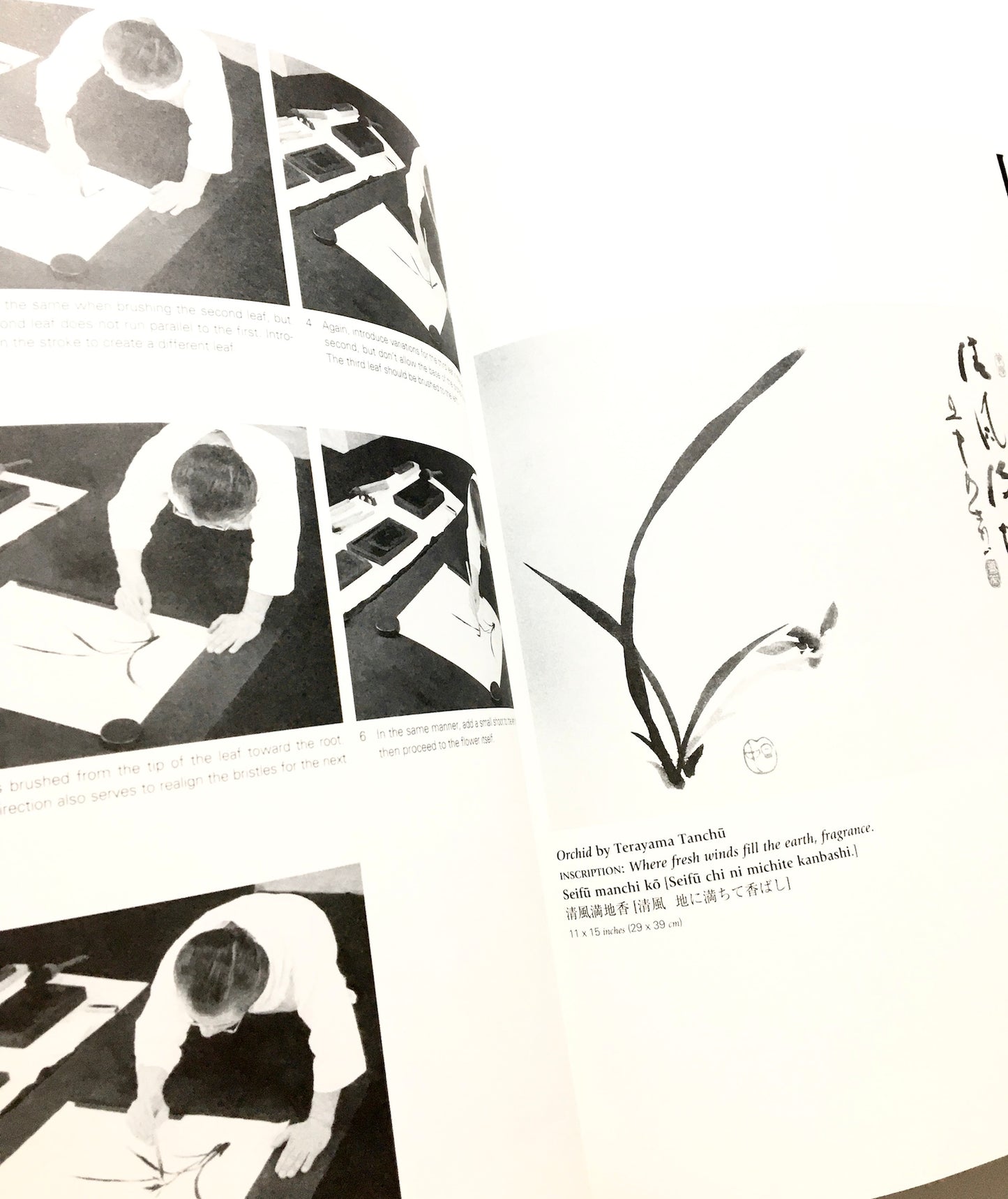
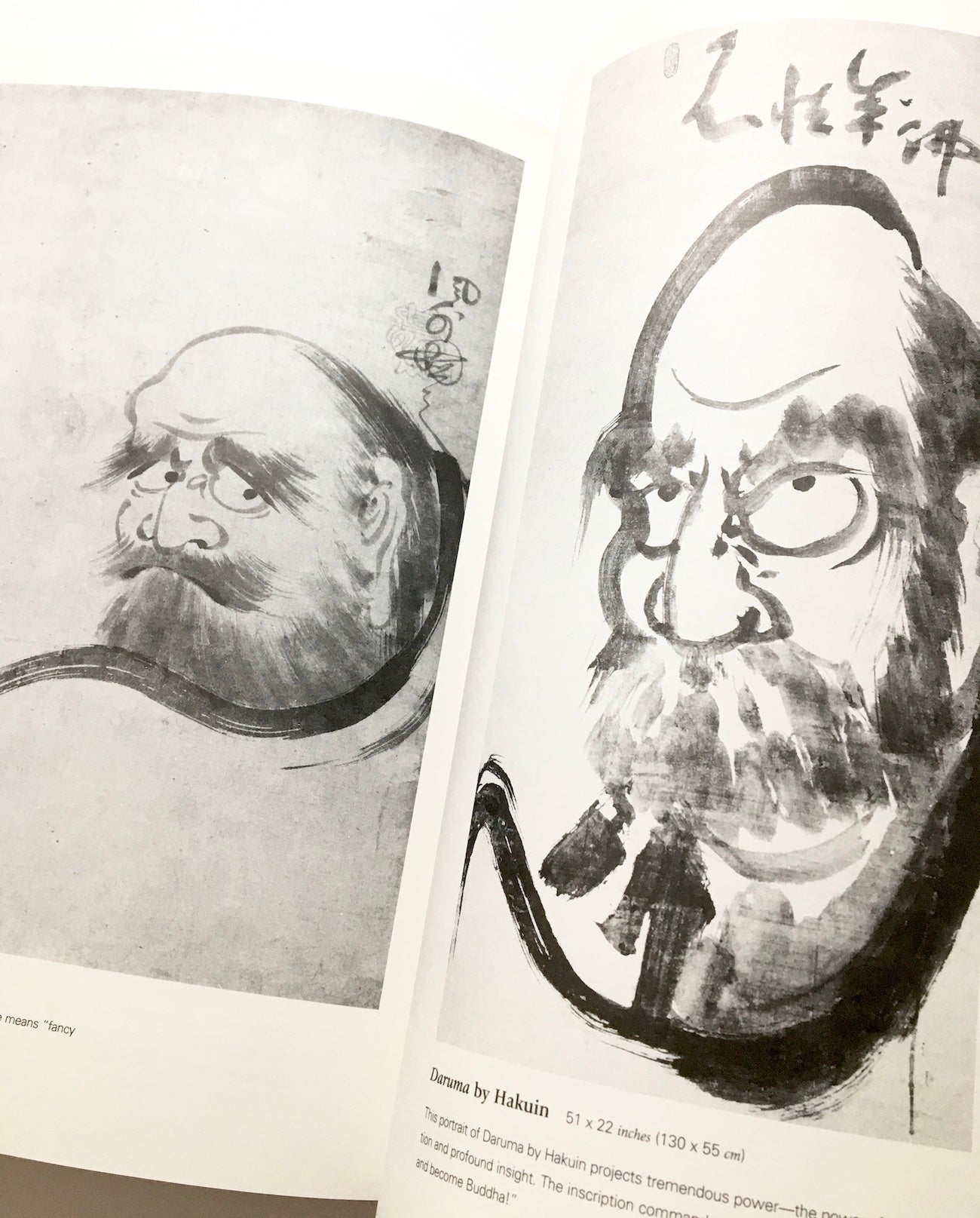
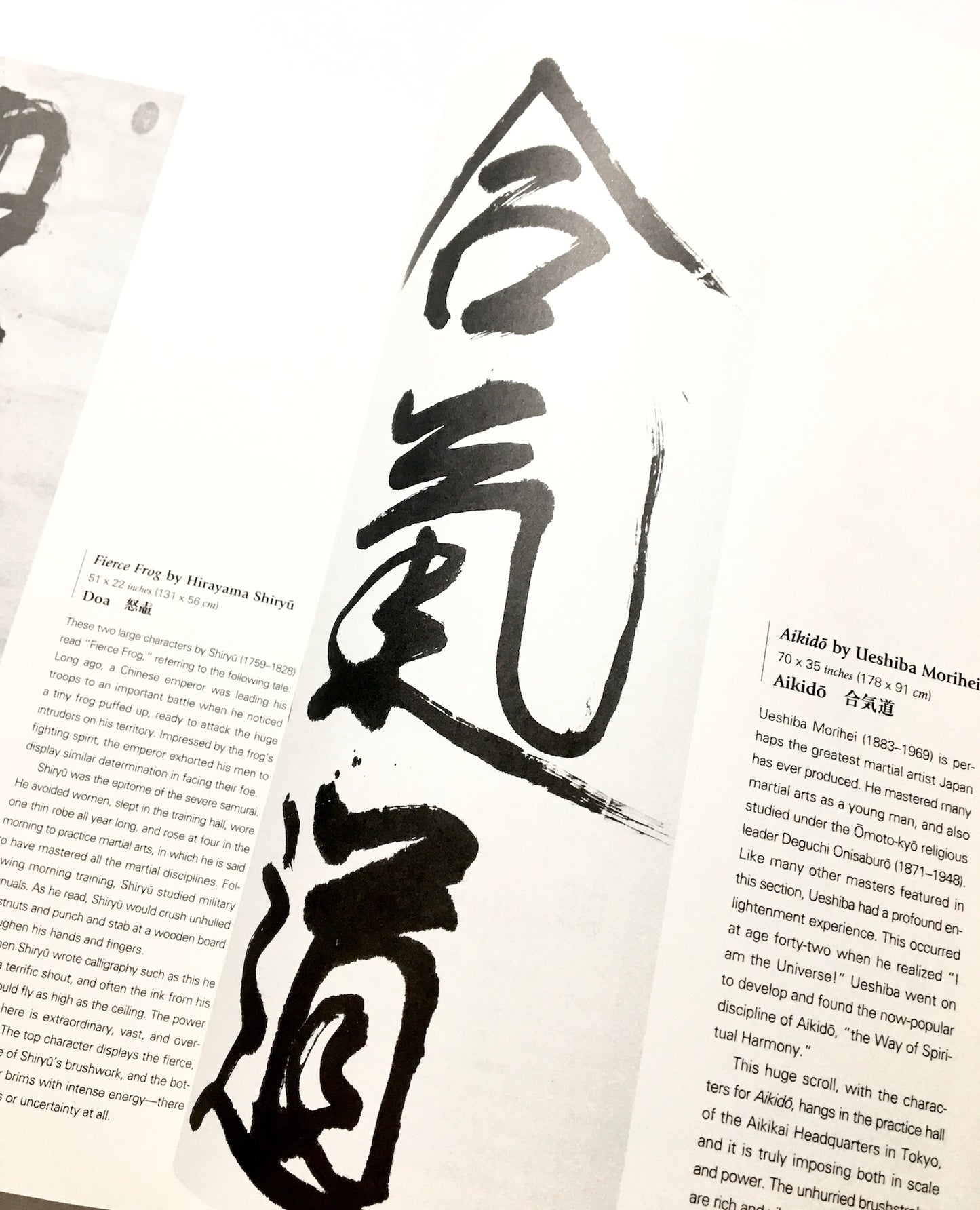
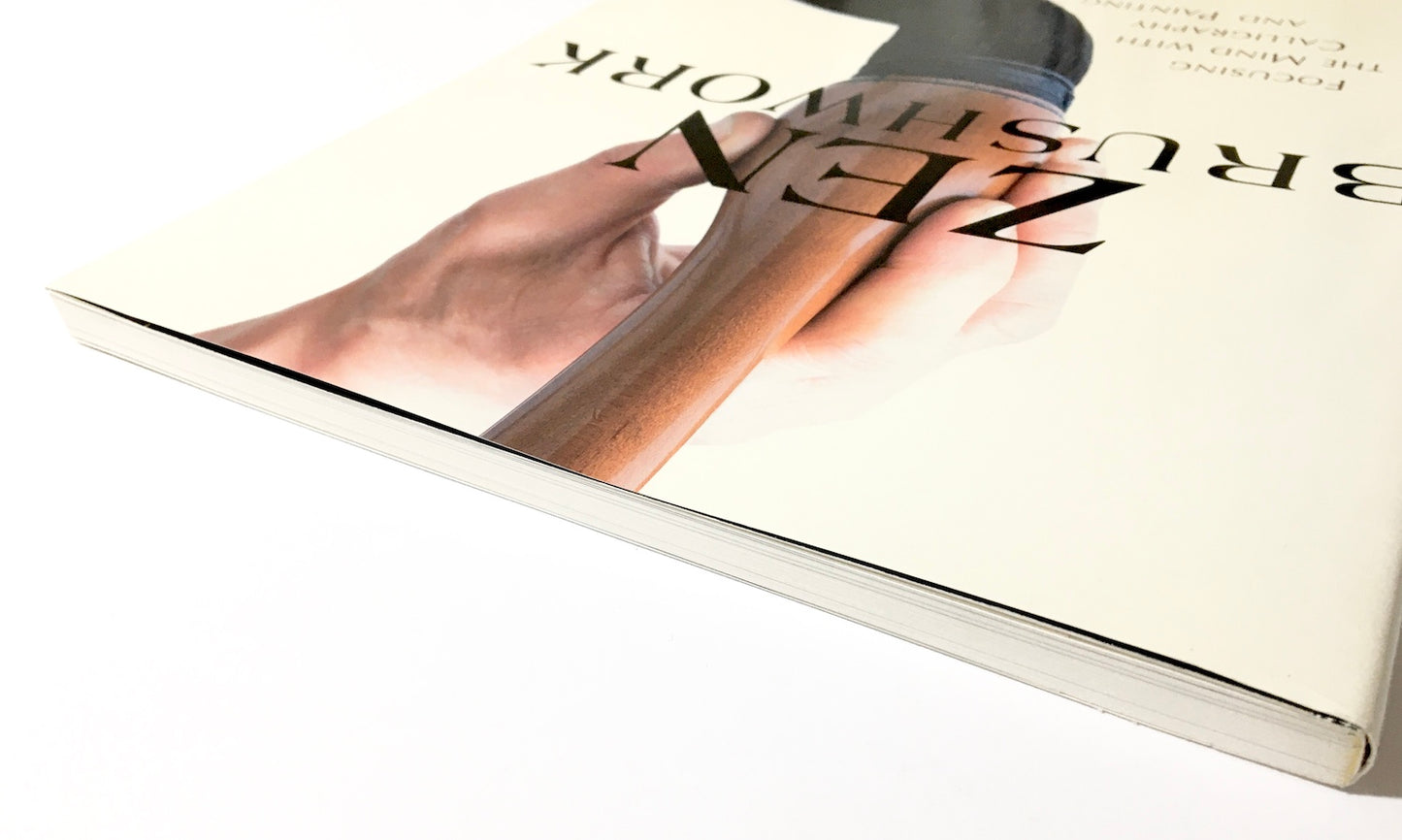
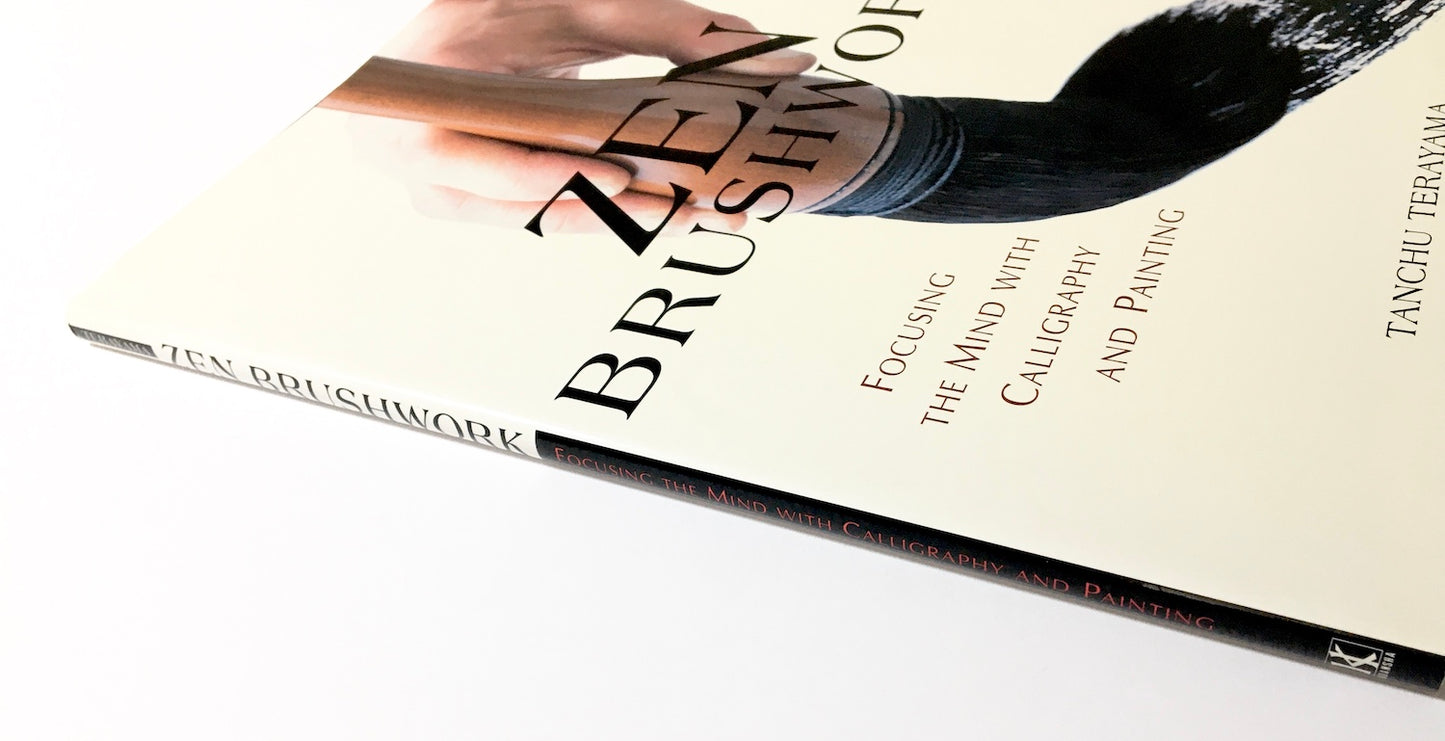
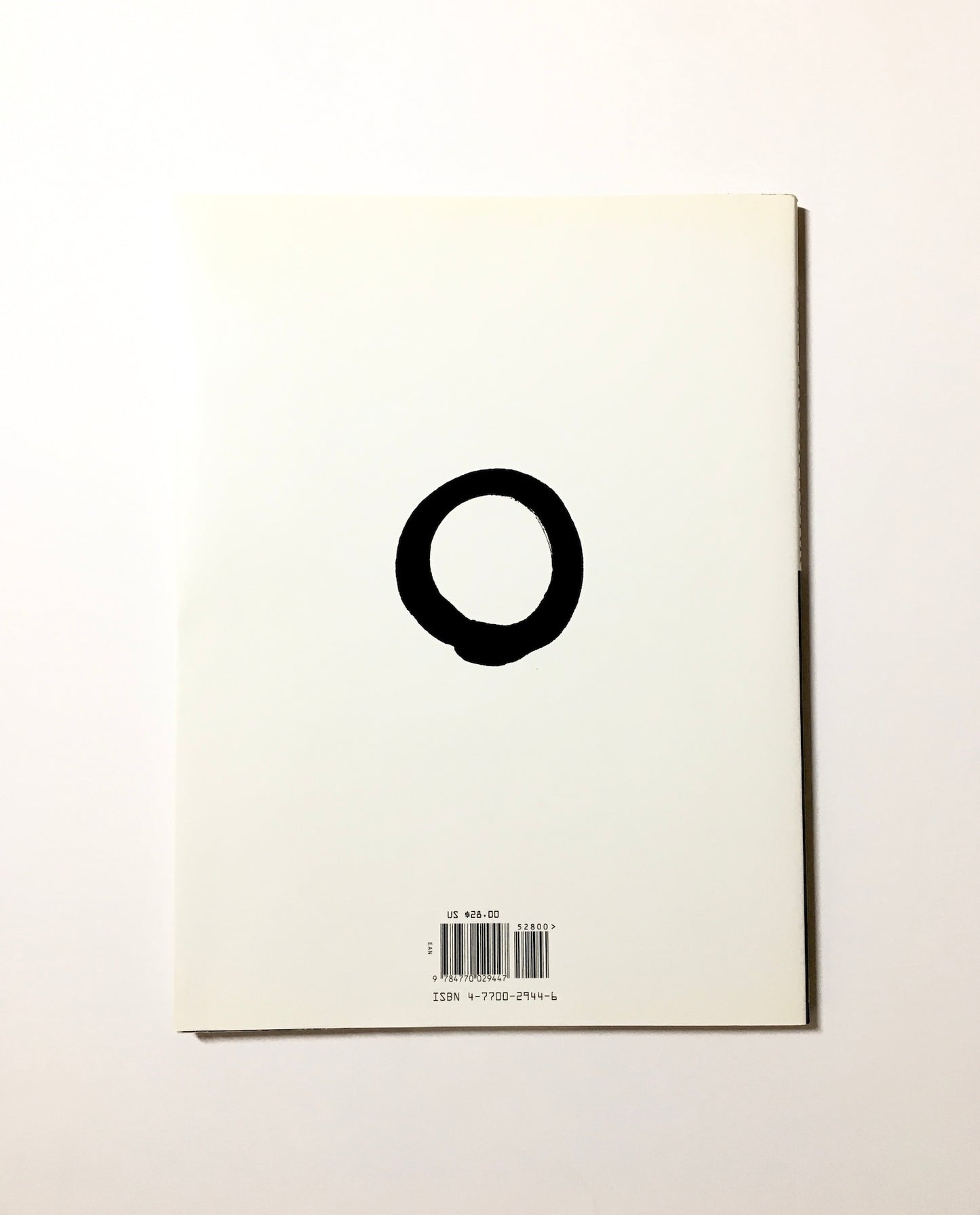
Shipping policy
Shipping cost
Free standard shipping to Germany on orders of €50,00 or more (after any coupon and sale discounts).
| Weight | Price |
| 0g - 999g | €3,50 |
| 1000g - 1999g | €6,50 |
| 2000g - 4999g | €7,50 |
Please contact us for orders from outside Germany.
Your order will be shipped after we receive your payment.
Unless otherwise specified in the respective offer, the goods are delivered domestically (Germany) within 3 - 7 days after the conclusion of the contract (if advance payment has been agreed after the time of your payment order)
Please note that there will be no deliveries on Sundays and public holidays.
If you have ordered items with different delivery times, we will send the goods in one shipment, unless we have made a different agreement with you. In this case, the delivery time is determined by the item with the longest delivery time that you have ordered.
If you have further questions you can contact us anytime using the contact details found in the legal notice.
Collapsible content
◎ Books Condition Guide
- New : This is a new book, unused, unread copy in perfect condition.
- Very good: A book that looks new but has been read. Cover has no visible wear. No missing or damaged pages, no creases or tears, and no underlining or highlighting of text, and no writing in the margins, possible very minimal creasing.
- Good : The book has been read but is in good condition. It has very minimal damage to the cover, including scuff marks. The binding has minimal wear. The majority of pages are undamaged with minimal creasing or tearing. There are no missing pages. A book in fair condition, the text pages and illustrations will be complete. It may also be worn or show some early signs of splitting internally at the spine. A fair dust jacket will likely have some creases or chips or small tears and may be dirty.
- Acceptable : A worn book that has complete text pages. Binding, jacket (if any) will be worn. Spine may be warped with cracking and scuffing.
This copy may be soiled, stained, spotted, discoloured and browned or creasing Pages. Markings and note taking do not interfere with reading. May be some water damage and cover slightly torn.
